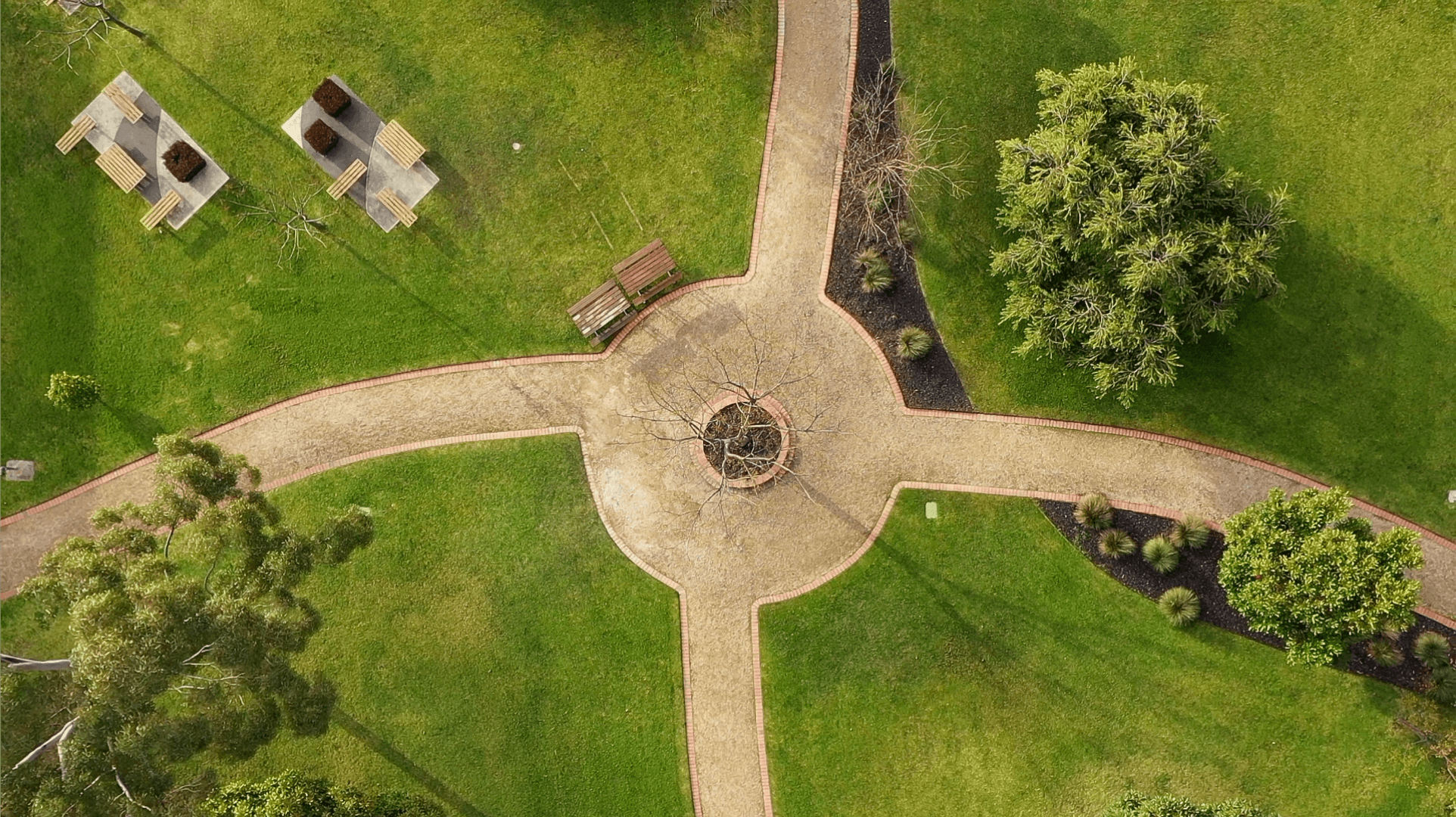In the beginning ...
The Church of England Girls’ School was founded in 1924 by the Right Reverend G. H. Cranswick, second Bishop of Gippsland. It began as a small, primary day school for girls in St Paul’s Cathedral Hall, under the care of Deaconess Marie Sundell, and gradually increased and expanded into the lower secondary grades. In 1934, Miss Constance Tisdall was appointed Principal of The Church of England School. A period of vigorous growth followed, with equipment and accommodation upgraded. In 1934 the name of the school was changed to “St Anne’s Church of England Girls’ Grammar School” and a new school badge was adopted. The day-school moved to the Raymond Street site, formerly used as the boys’ hostel, in March 1936, with the boarding and day school accommodated on the same site from 1937.
Introducing Gippsland Grammar
The school came under the control of Miss Lorna Sparrow in 1944 and continued to expand. A meeting was held in July 1959 under the chairmanship of the recently elected Bishop of Gippsland, the Right Reverend D. A. Garnsey, and on 15 October, Gippsland Grammar School was constituted. The School Council appointed the Reverend H. J. Neil as the foundation Headmaster and the new school opened in the old Deanery at St Paul’s Cathedral, with thirty boys, on 9 February, 1960. The first buildings on the twenty five acre site to the north of Bishopscourt were ready by 1962. Extensions took place as the enrolment rose to 119 by 1965. During 1965 Mr G. H. France was appointed Headmaster – and by the end of 1969 the enrolment had risen to 197, including 64 boarders living in Garnsey House.
The Reverend Charles Sligo became Headmaster from the beginning of 1970 and during that year the decision was taken to amalgamate the boys’ and girls’ schools. The Reverend Charles Sligo became the first Principal of the St Anne’s and Gippsland Grammar School from the beginning of 1971. His vision and leadership enabled the new school to grow and develop a new identity based upon the spirit and traditions of the past, whilst being conscious of the needs of the present and the future.
An exciting period of growth ...
Mr J. A. T. Beard became the second Principal in 1975. The enrolment grew rapidly during the period 1981-1986 and an extensive building program was undertaken to provide new and attractive classrooms, a modern and equipped gymnasium, a large assembly hall and specialist facilities for music, drama, art, ceramics, home economics, woodwork, graphics and computing. By the time Mr Beard retired at the end of 1989 there were 861 students in the school.
Mr Campbell Bairstow took up the position of Principal at the beginning of 1990 and the school undertook a number of important initiatives: a new campus, “Birchwood House”, was opened in Traralgon for junior primary students, Early Learning Centres were established in Sale and Traralgon and the Chapel of St Anne and Performing Arts Centre was built and consecrated.
Mr A. R. Horsley was appointed Principal at the beginning of 1995. The school adopted the name of Gippsland Grammar in 1997. Mr Michael Clapper commenced as Principal from the start of 2005 and the school opened an additional primary campus at Bairnsdale at the beginning of 2006.
The former St Anne’s Church of England Girls’ Grammar School site has been developed as a Junior School. The Senior School is located on the former Gippsland Grammar School site, now known as Garnsey Campus on the northern side of Sale. In 2008, Blackwood House (the school’s boarding facility) relocated to a property on Raglan Street which backs onto the Garnsey Campus oval.
The magnificent Laurie Payne Sports Centre was completed in 2015 and 2019 saw the official opening of Kukun Kalak, the new Year 3 and 4 building at the St Anne’s Campus. Kukun Kalak is a Gunaikurnai word meaning ‘grandmother tree’, which was inspired by the historic elm tree in the St Anne’s grounds and wanting to honour its presence. This tree represents a place of gathering and coming together to learn as a community and the new building is a contemporary learning space that allows for visible learning through glass walls and sliding doors and the furniture - such as the standing teacher desk - encourages teachers to be moving around the classroom, engaging students in the learning process.
Gippsland Grammar is an Anglican, co-educational school which operates in accordance with the principles and practices traditionally associated with independent schools. It rests upon sound foundations and its past achievements engender confidence for the future.



